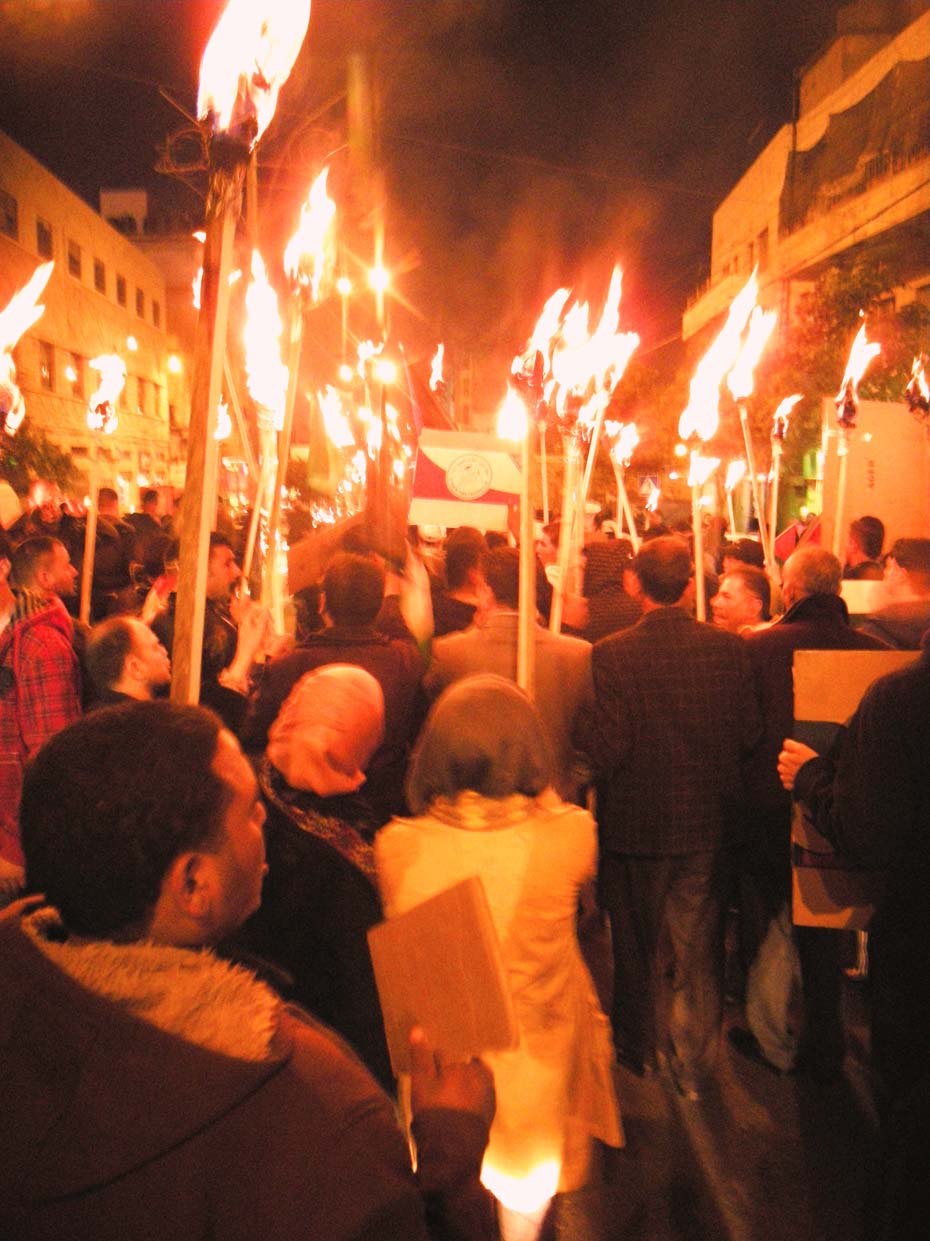-
‘Silwan is the next Hebron’ : an interview with a resident of Silwan
17 May 2011 | International Solidarity Movement On 14 May 2011, the ISM went to Silwan, East Jerusalem after hearing about the tragic death of Milad Ayyash, a Palestinian teenager, who was killed during the Friday demonstrations against the Occupation in Batten Al Hawwa. Milad Ayyash was pronounced dead in the early hours of May […]
-
CPT: Rampaging Israeli settlers invade Palestinian village of Tuba
16 May 2011 | Christian Peacemaker Team (Tuba, South Hebron Hills, West Bank) Late last night, Israeli settlers invaded the village of Tuba, damaged property, and killed and stole several sheep belonging to the Ali Awad family. Palestinians of Tuba reported that they counted seven masked settlers, who entered and left the village on foot, […]
-
Demonstrations mark Nakba Day in Hebron
16 May 2011 | International Solidarity Movement Approximately one thousand people demonstrated in Hebron during the weekend to commemorate the Nakba day. Several protesters were injured after violent responses from the Israeli army. On Sunday the 15th May around a thousand Palestinians joined in a demonstration to commemorate the Nakba, (in English literally “the catastrophe”) […]
Action Alert An Nabi Saleh Apartheid Wall Arrests BDS Bethlehem Bil'in Cast Lead Demonstration Denial of Entry Ethnic Cleansing Farmers Gaza Global Actions Hebron House Demolition International law Israeli Army Jerusalem Live Ammunition Nablus Ni'lin Prisoner Ramallah Rubber-coated steel bullets Settlement Settlers Settler violence Tear-Gas Canister Video

